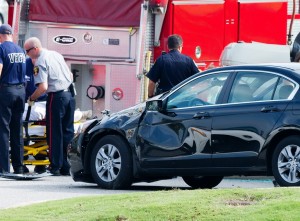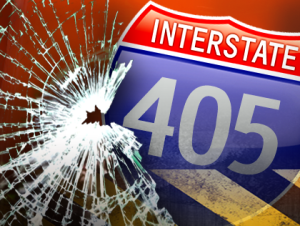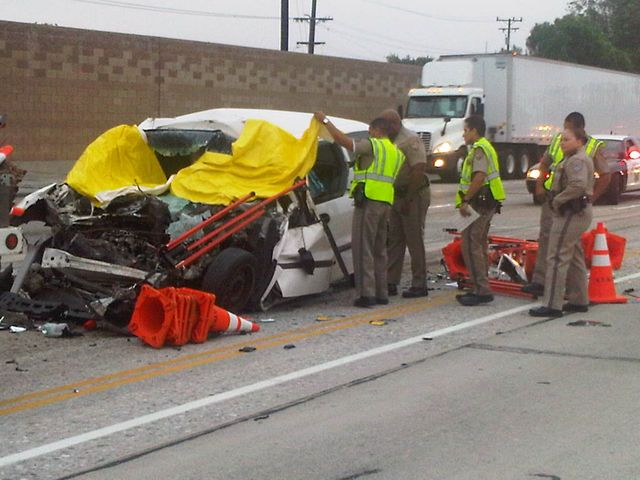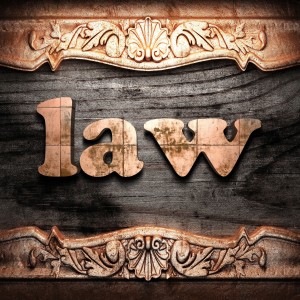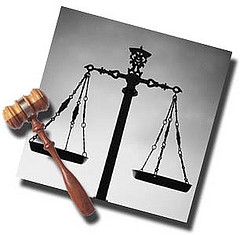You’re driving down Beverly Blvd, La Brea, Pico, Robertson, whatever street it may be and CRASH. You are in an accident. Maybe you were rear ended, maybe it was a side swipe, a turning accident, or a head on collision. It’s not your fault. But are you sure? Maybe you are sure but the other driver has a different opinion? Now its time to whip out the trusty old dash cam footage.
The below video was taken from a dash camera from a vehicle in Texas. The original Reddit post can be found here.
The victim was driving within her lane, sees a wide-turning vehicle, and ultimately stops in an effort to avoid hitting / being hit. She did everything she could but the other car, traveling in the opposite direction, hits her head on. What’s worse is that the other driver comes out and blames the victim! That’s what we call chutzpah!
In another example, at the intersection of Olympic and Fairfax in Los Angeles:
The car with the dash cam is going straight, two cars in the opposite direction make a left turn in front of the dash-cam equipped vehicle. The third car decides to turn also and clearly would have been at fault if the accident had actually occurred.
To some people it is obvious that the turning vehicle has to wait for traffic to clear before initiating a turn (which is the law), but other people might say “we both had the green”.
California Vehicle Code Section 21801 (a) states: “The driver of a vehicle intending to turn to the left… shall yield the right-of-way to all vehicles approaching from the opposite direction which are close enough to constitute a hazard at any time during the turning movement, and shall continue to yield the right-of-way to the approaching vehicles until the left turn or U-turn can be made with reasonable safety.”
Luckily the accident was avoided due to the at-fault party correcting her mistake. The vigilant driver (of the dash-cam car) also slowed down fast enough and avoided a collision.
Clearly, in both of the above scenarios the dash-cam equipped vehicle driver is not at fault.
We highly recommend purchasing a dash cam video camera. They are fairly inexpensive and are worth every dollar when needed. The footage may very likely be admissible in court if you have the proper representation.
Without this camera footage, it would be “he said / she said”.
If you are involved in an accident, you must be represented by someone that knows how to obtain evidence, collect statements, and ultimately pursue your cause to the fullest possible extent. Please call Ari Friedman Law Offices to get your free case evaluation.
Ari Friedman
Personal Injury Lawyer – Car Accident Lawyer
Los Angeles
www.AFriedman.com



